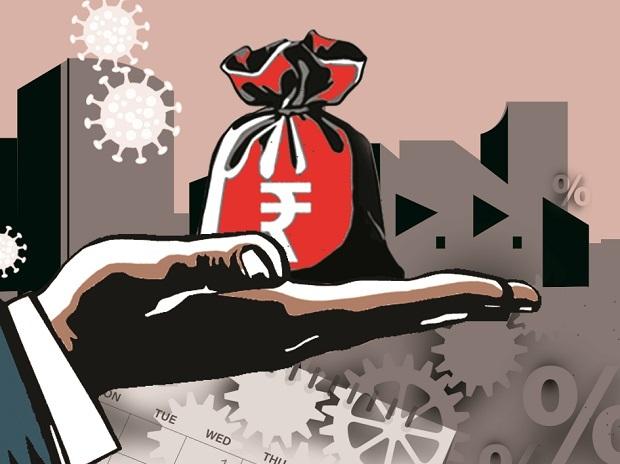
FY22 credit growth turns positive first-time ever
Last Updated on December 22, 2022 by Admin
[ad_1]
Credit growth turned positive year-to-date (YTD) at 0.1 per cent in September for the first time in 2021-22 (FY22), reflecting gradual pick-up in demand.
According to the Reserve Bank of India (RBI) data, bank lending rose Rs 7,283 crore till September 24, against a contraction of 1 per cent (or Rs 99,280 crore) on a YTD basis in the same period last fiscal year (2020-21). Outstanding bank credit stood at Rs 109.56 trillion as on September 24.
What stands out this time around is that positive growth happened despite a more debilitating impact of the second wave of the Covid-19 pandemic. In a normal year, YTD growth in bank credit turns positive in August-September, ahead of the busy season in the second half which starts in October. In 2019, YTD growth had moved into positive territory in early October.
YTD growth in 2020 had turned positive only in November, according to the RBI data. Economic activity had almost come to a standstill during the first wave of the pandemic in 2020 due to a nationwide lockdown.
During the second wave this year, manufacturing and services activity continued in a calibrated manner, given that curbs were more localised.
Saurabh Bhalerao, associate director and head–BFSI Research, CARE Ratings, said the overall non-food credit growth continues to be driven by retail and agriculture and allied activities segments in August. However, slower growth in the industry and services segment continues to crimp overall credit growth.
With the onset of the festival season, bank credit is expected to improve further, led by growth in the retail segment covering housing, automobiles, and consumer durables. This rise is expected to be buttressed by bank rate cuts to push retail credit. Many banks are offering loans at record-low interest rates ahead of the festival season.
Year-on-year credit growth has also shown momentum at 6.7 per cent in September, up from 5.1 per cent last September.
CARE Ratings has pegged bank credit growth to be in the range of 7.5-8 per cent for FY22. What could support this growth is a low-base effect, economic expansion, extended emergency credit line, and retail credit push.
The medium-term prospects look promising with diminished corporate stress and increased provisioning levels across banks. Retail loan segment is expected to do well, compared with industry and services segments, said Bhalerao.
While bank deposits have continued to grow at a rate higher than credit, the pace of deposit mobilisation has moderated in 2021. YTD growth in deposits was 3.2 per cent till September 24, down from 5.1 per cent a year ago.
 Dear Reader,
Dear Reader,
Business Standard has always strived hard to provide up-to-date information and commentary on developments that are of interest to you and have wider political and economic implications for the country and the world. Your encouragement and constant feedback on how to improve our offering have only made our resolve and commitment to these ideals stronger. Even during these difficult times arising out of Covid-19, we continue to remain committed to keeping you informed and updated with credible news, authoritative views and incisive commentary on topical issues of relevance.
We, however, have a request.
As we battle the economic impact of the pandemic, we need your support even more, so that we can continue to offer you more quality content. Our subscription model has seen an encouraging response from many of you, who have subscribed to our online content. More subscription to our online content can only help us achieve the goals of offering you even better and more relevant content. We believe in free, fair and credible journalism. Your support through more subscriptions can help us practise the journalism to which we are committed.
Support quality journalism and subscribe to Business Standard.
Digital Editor
[ad_2]
Source link




